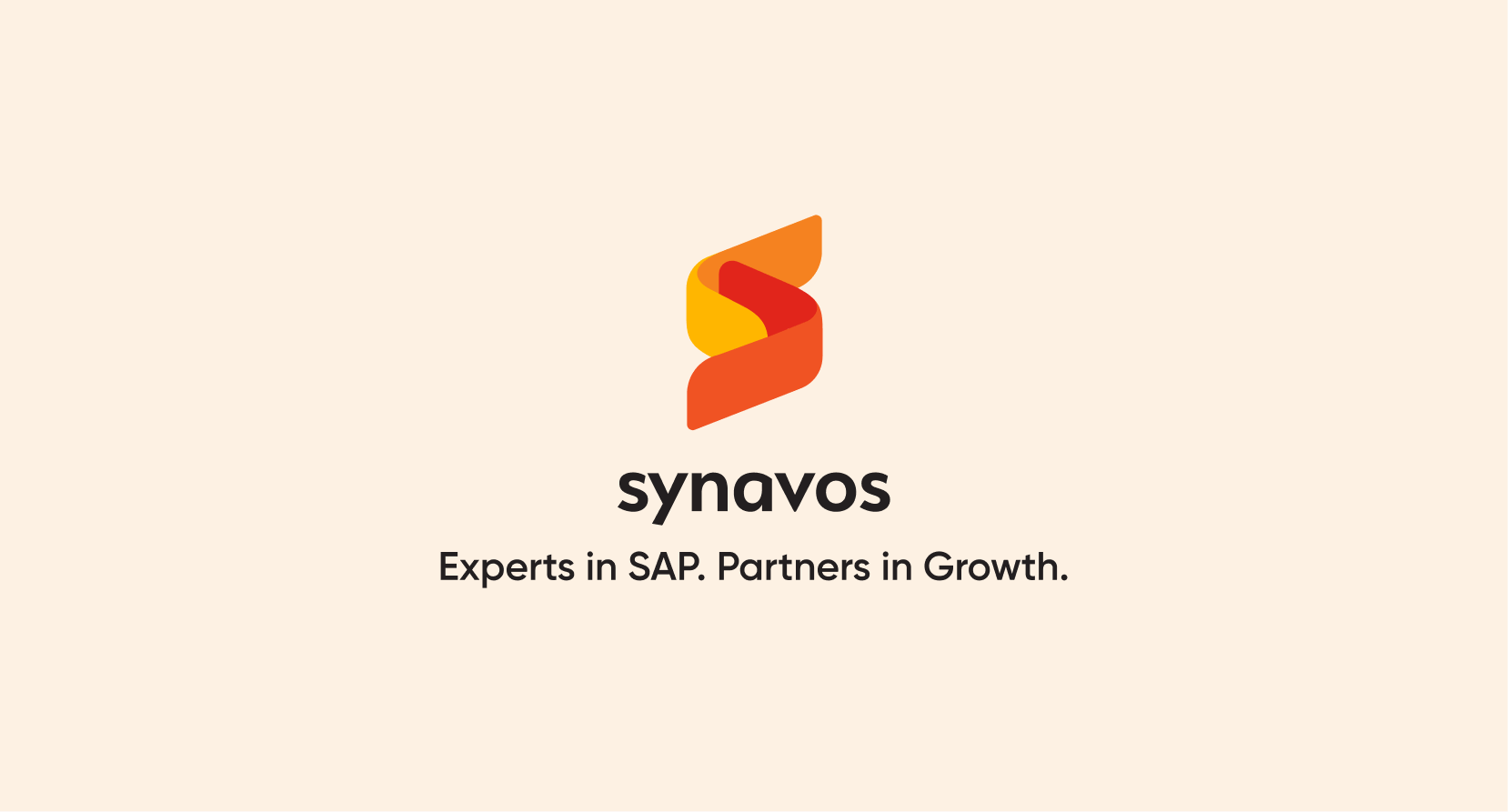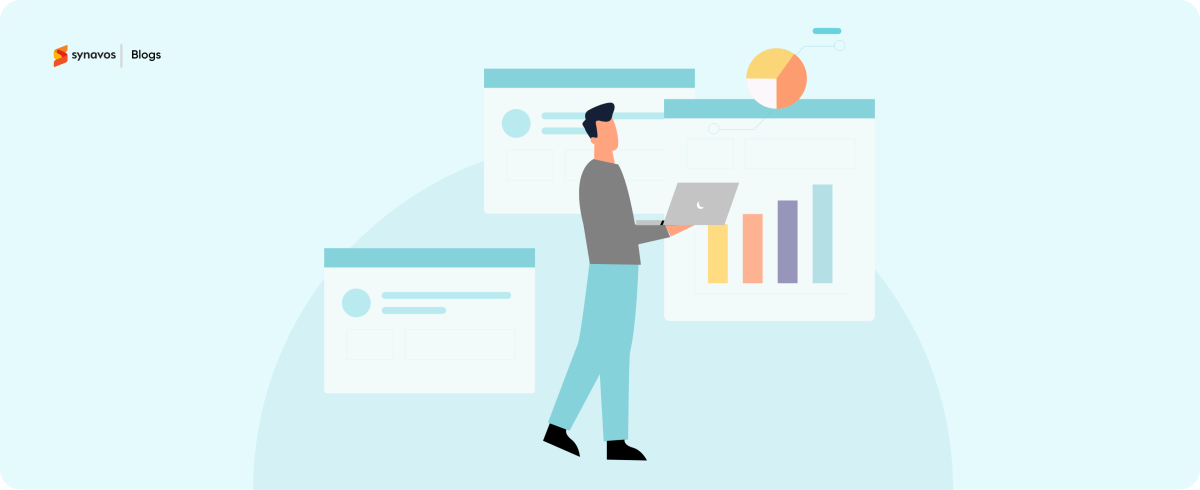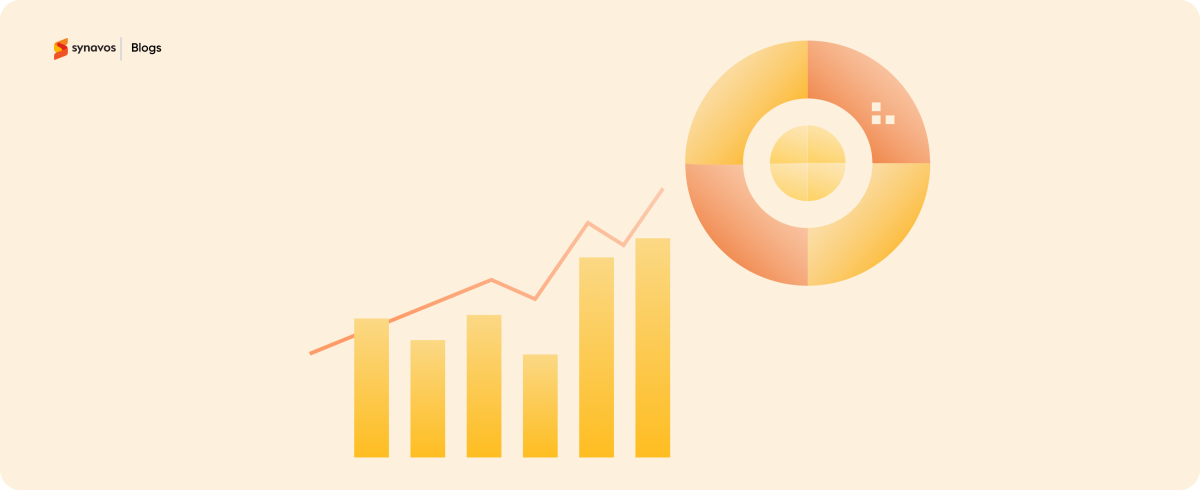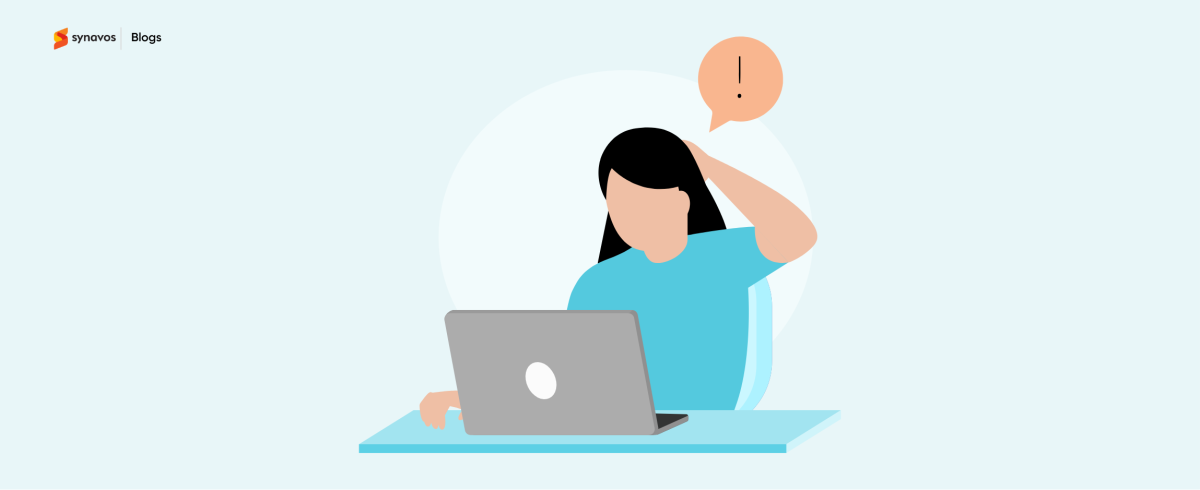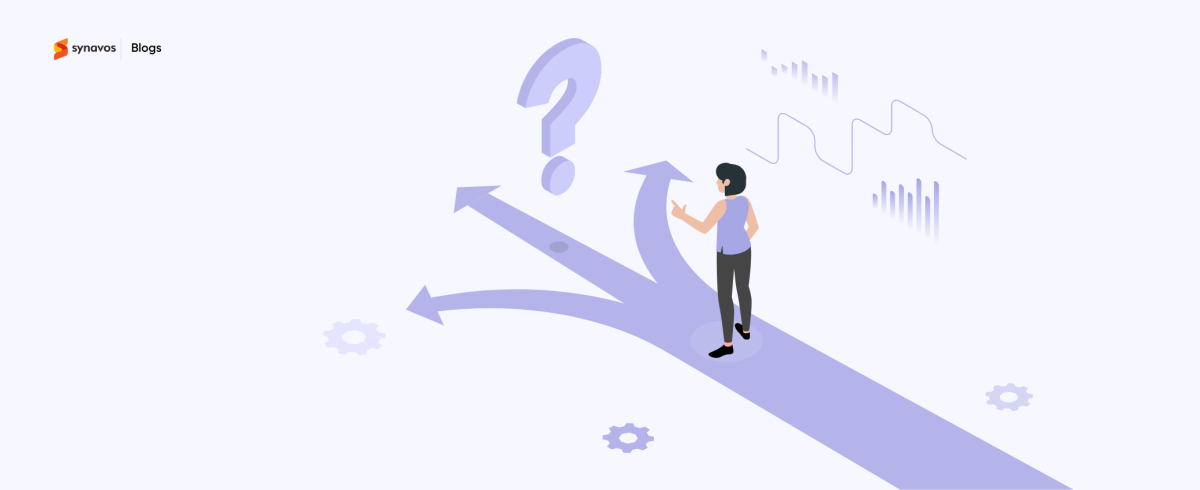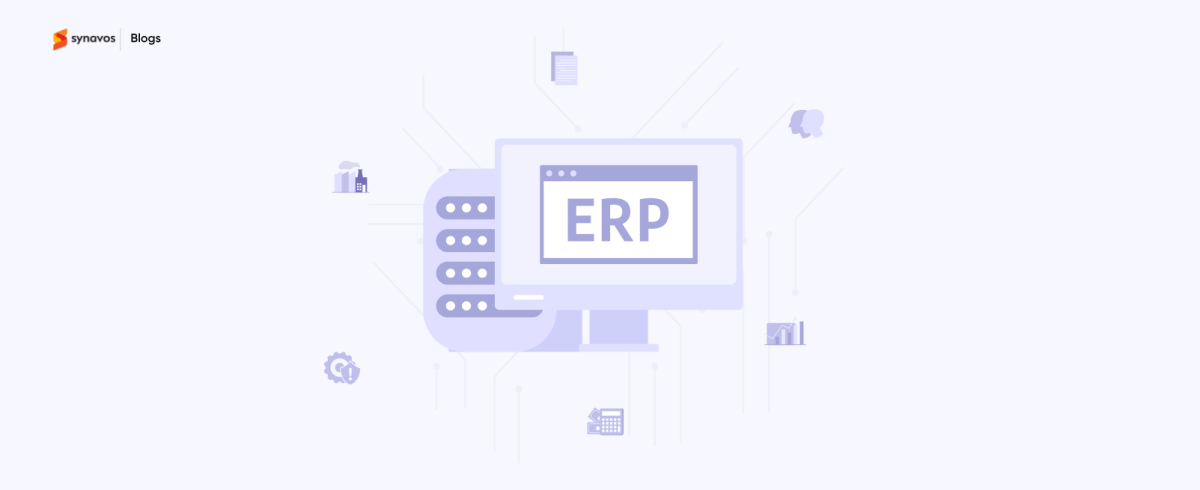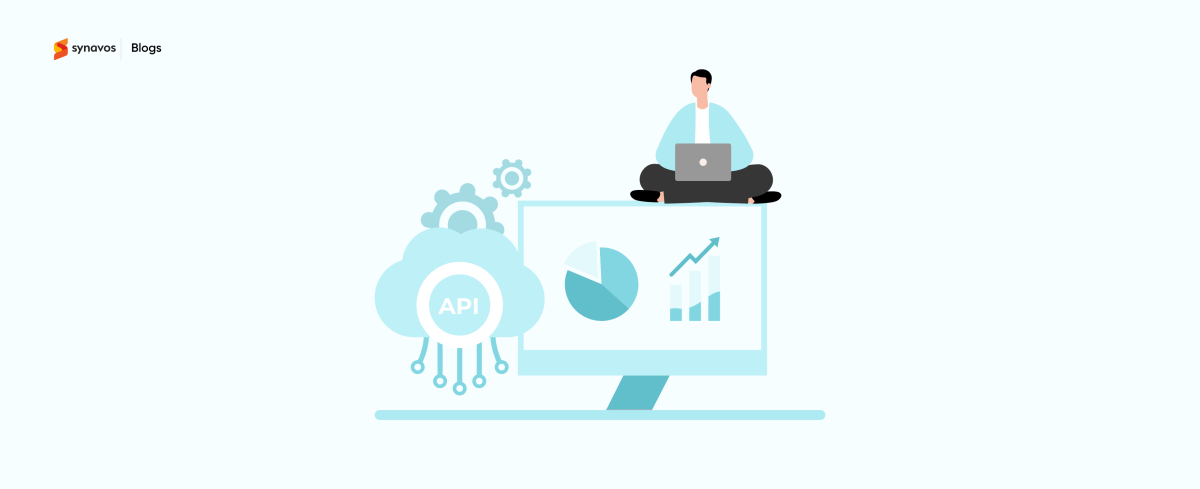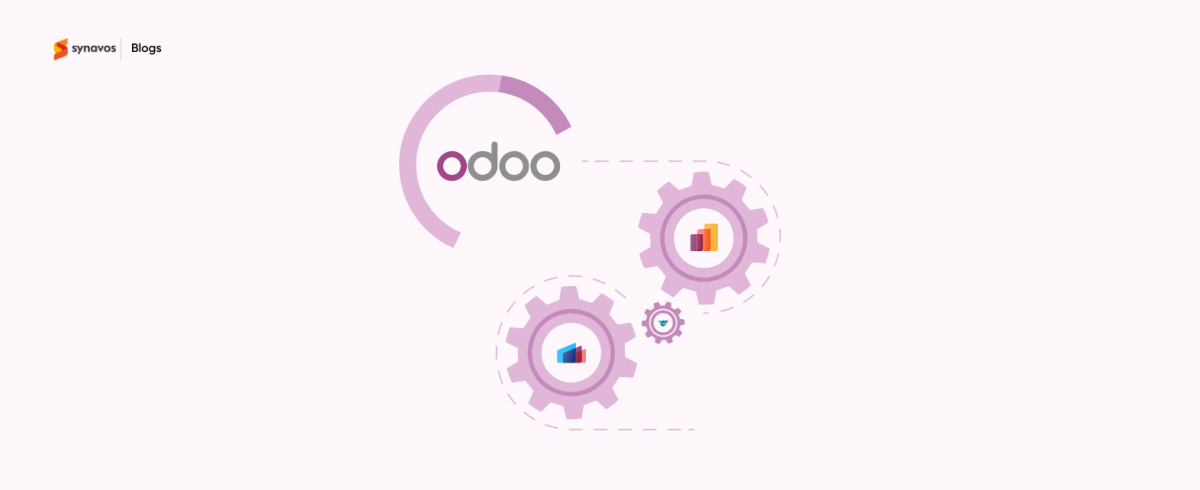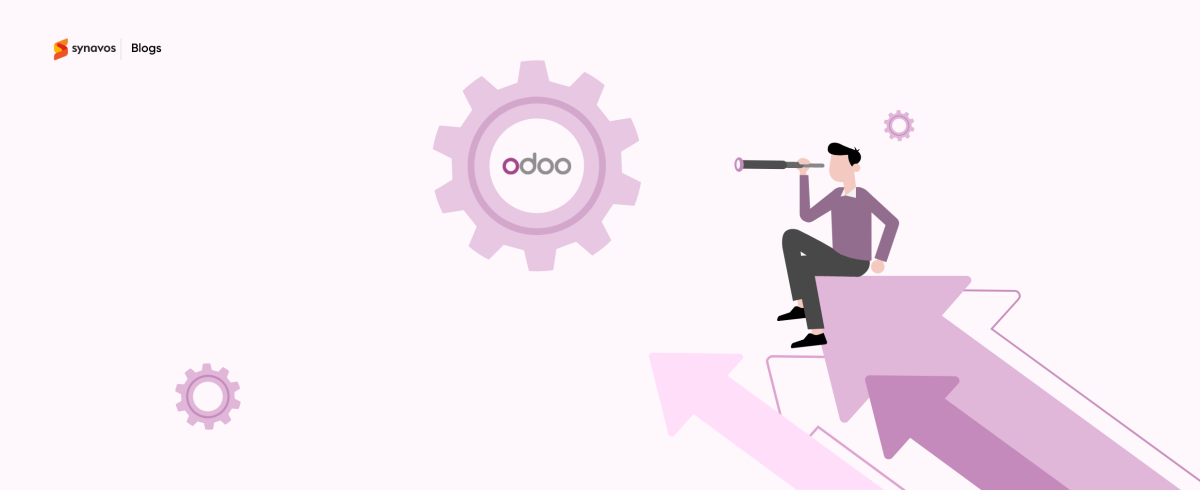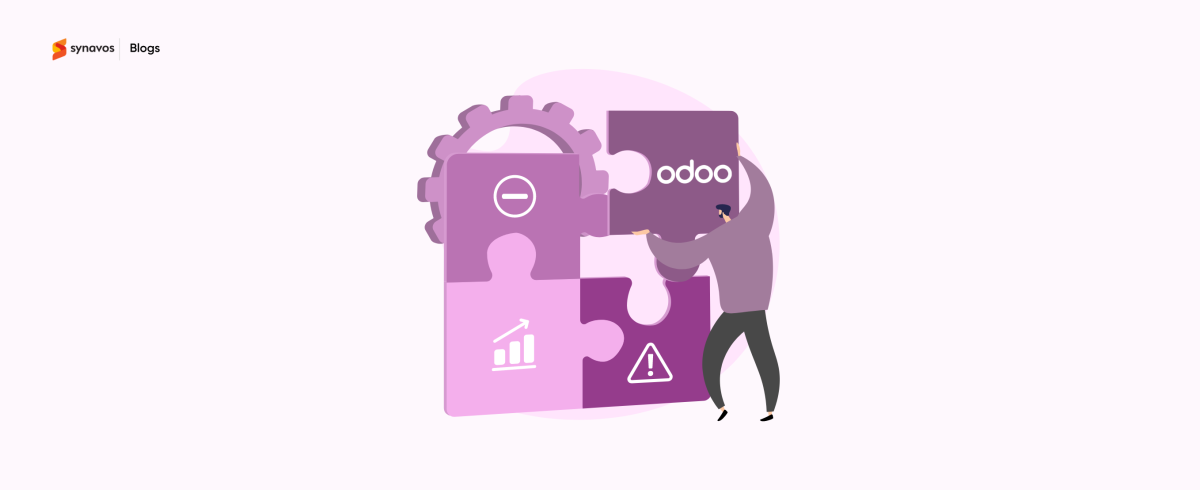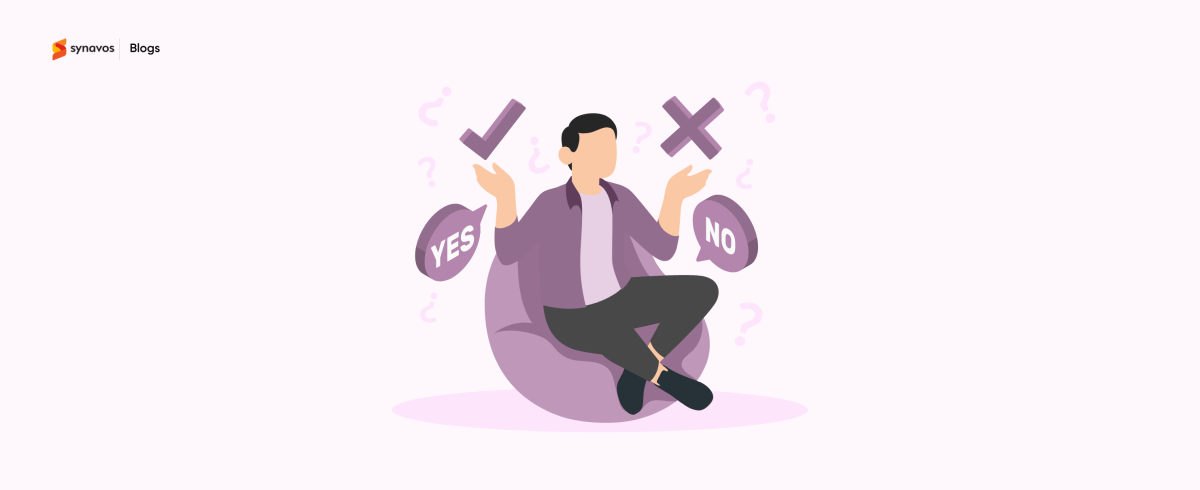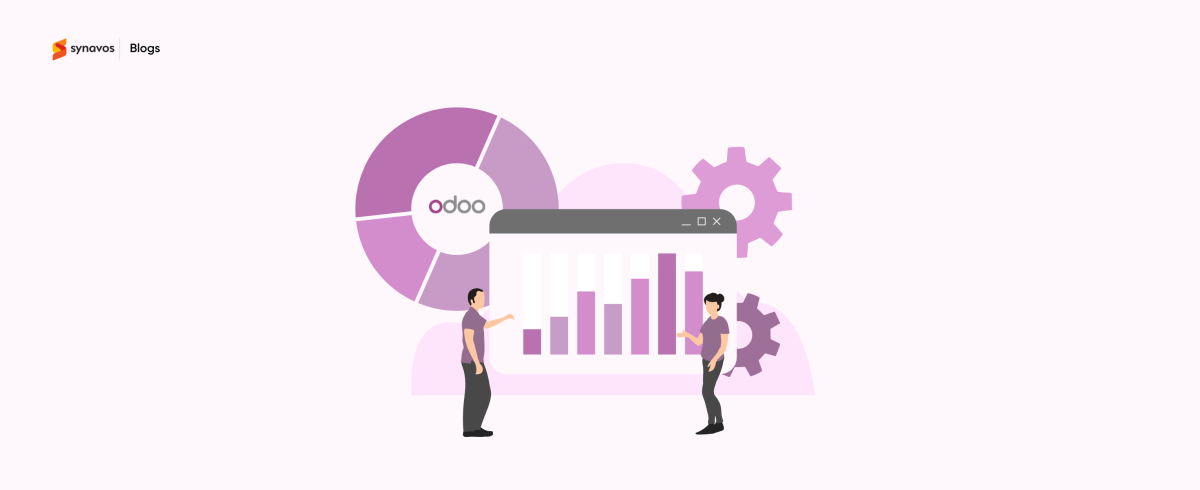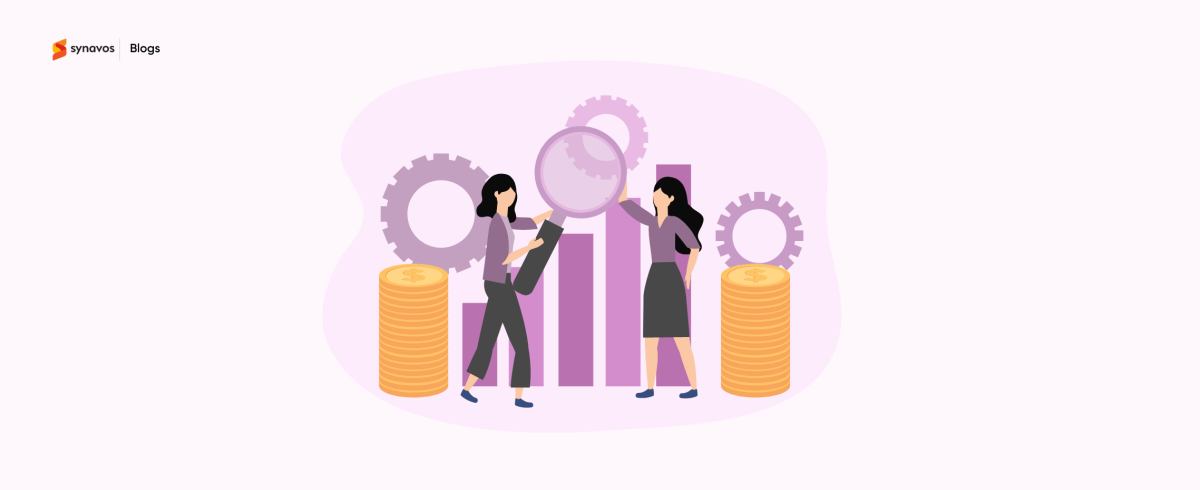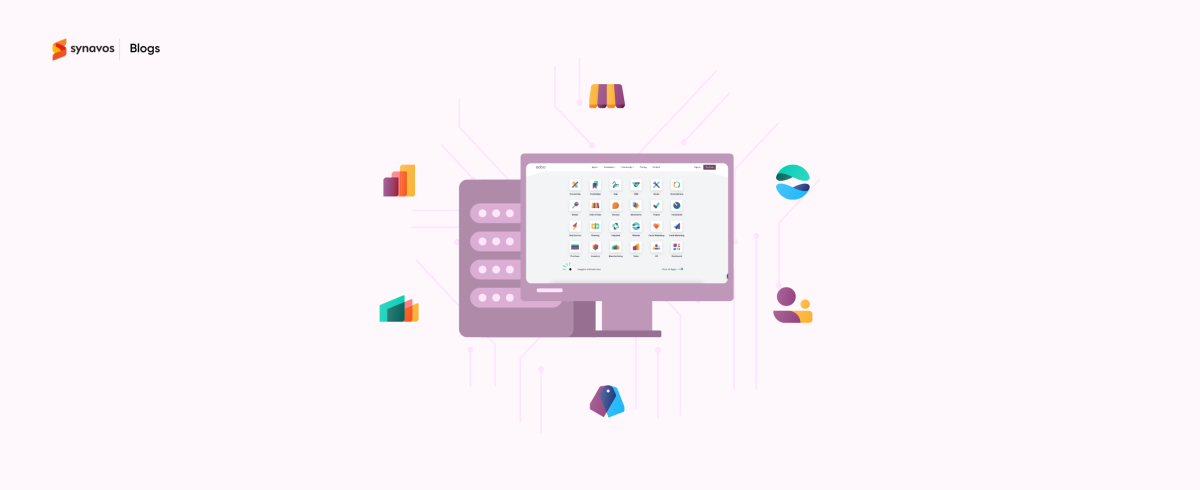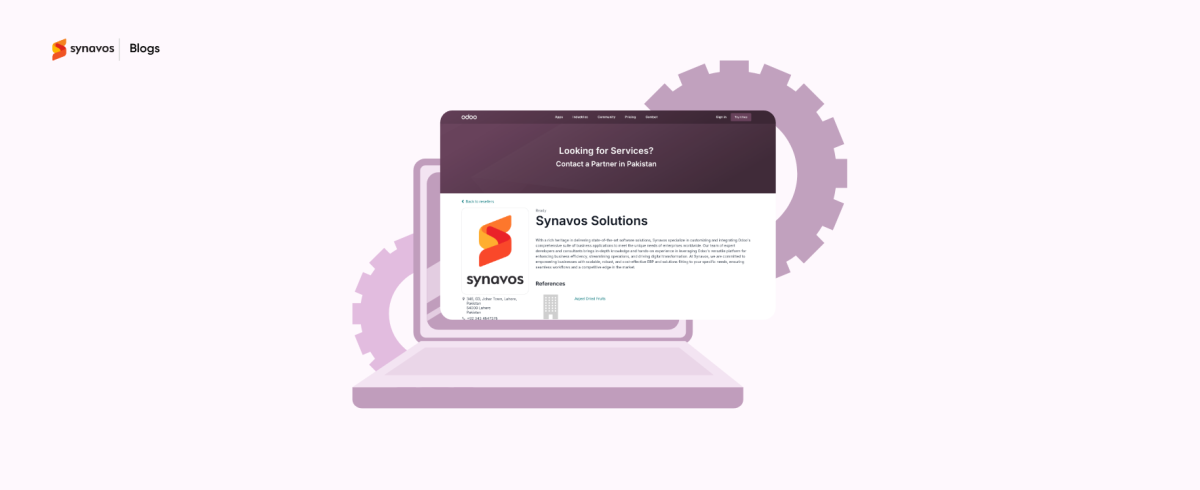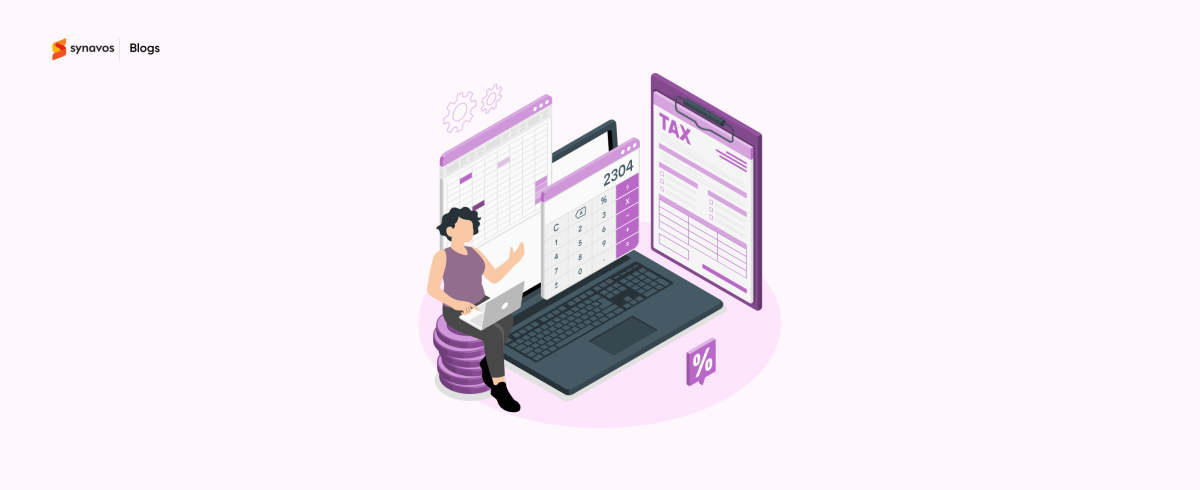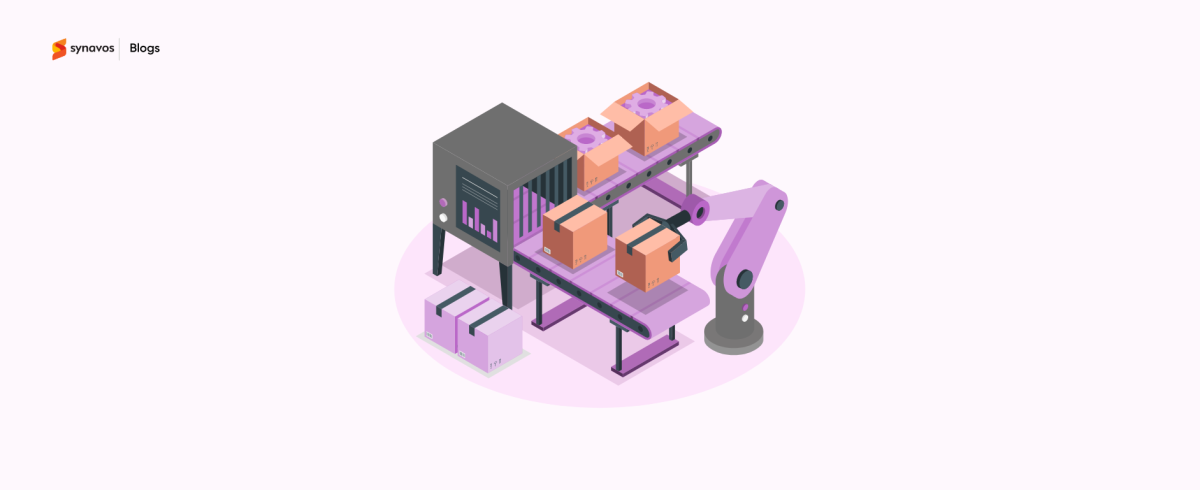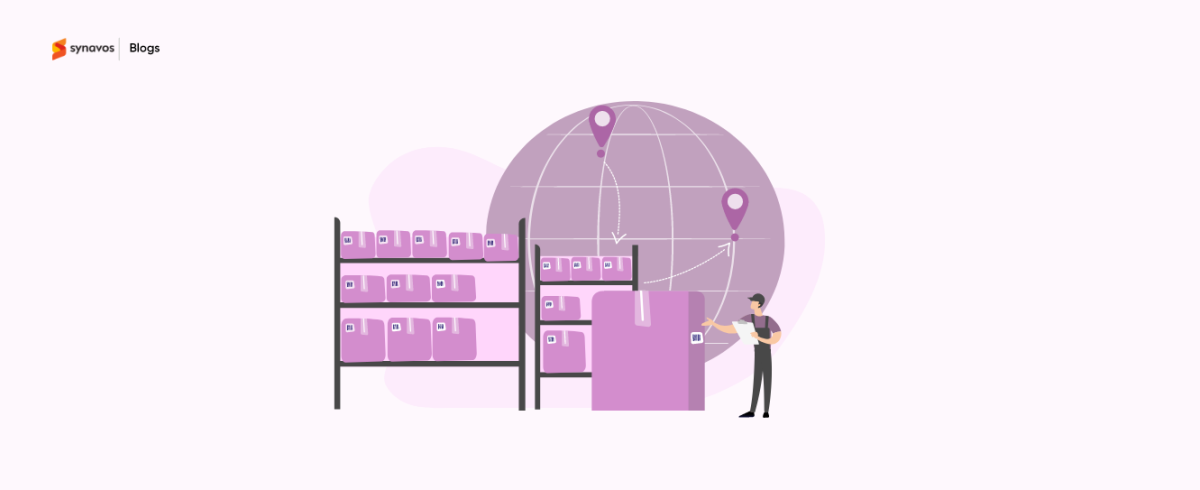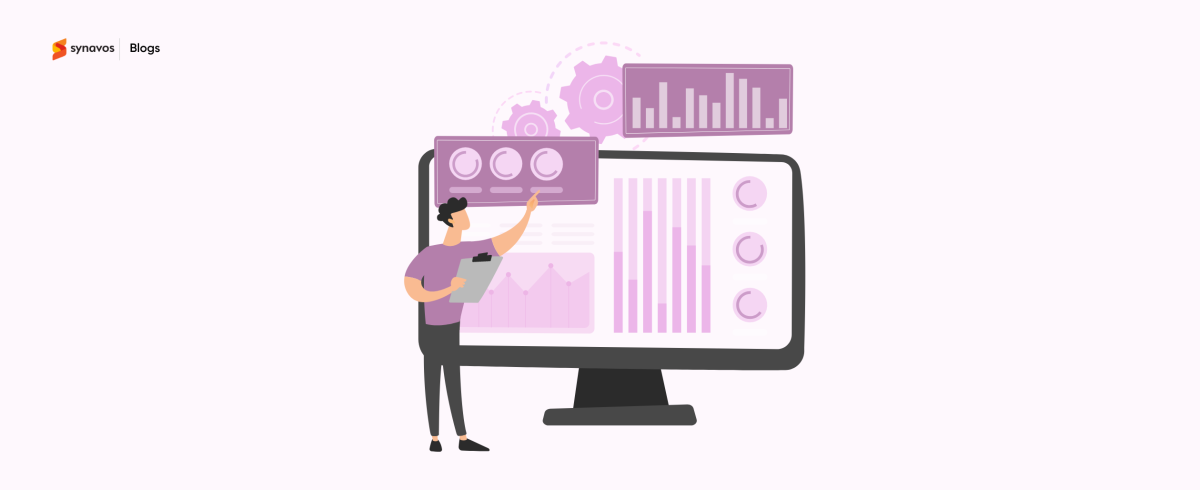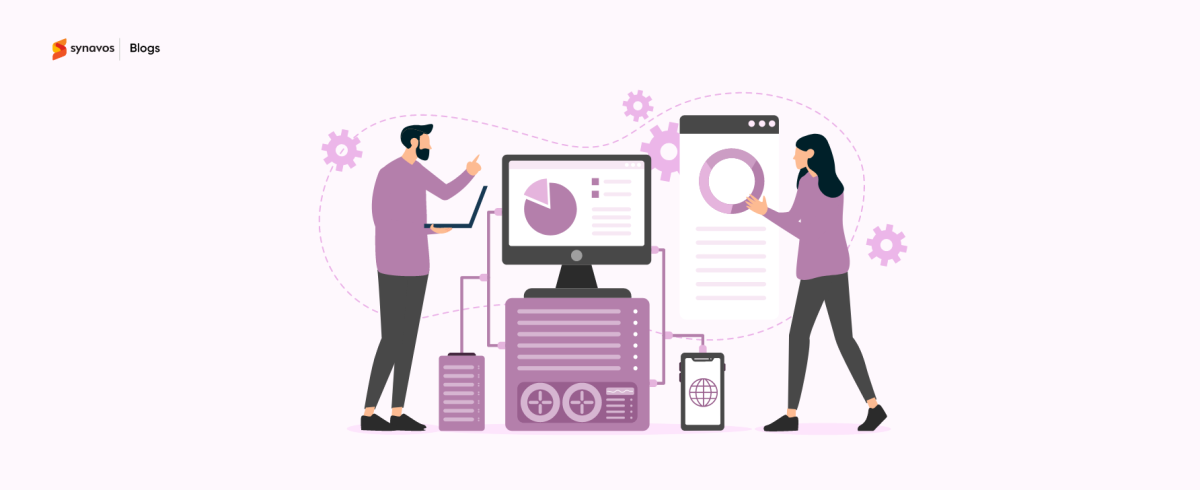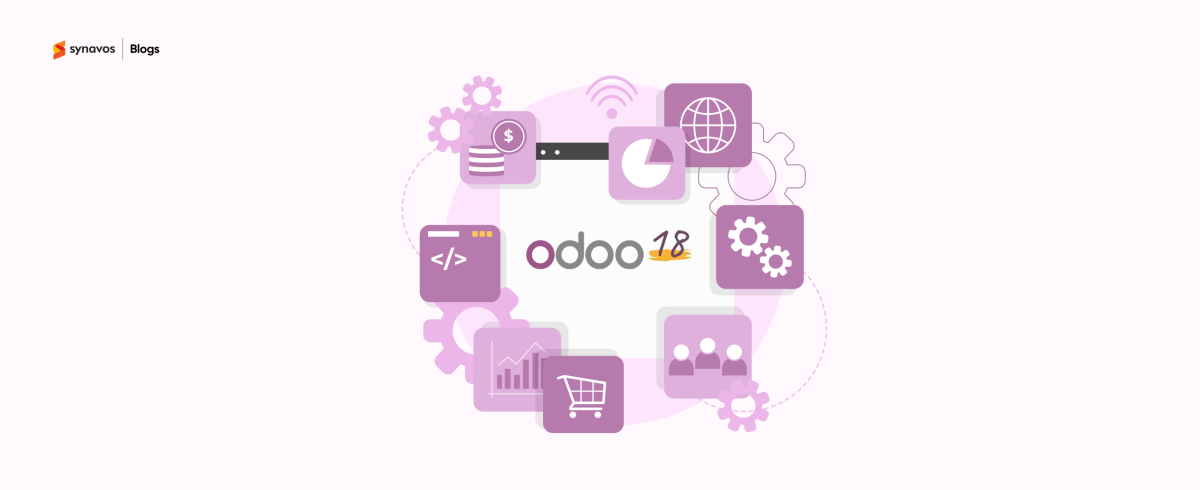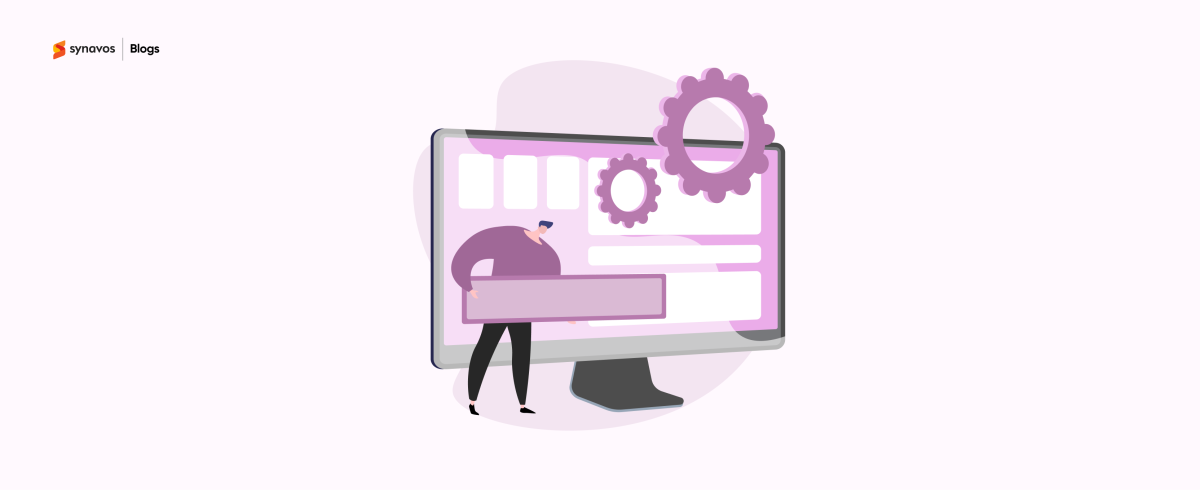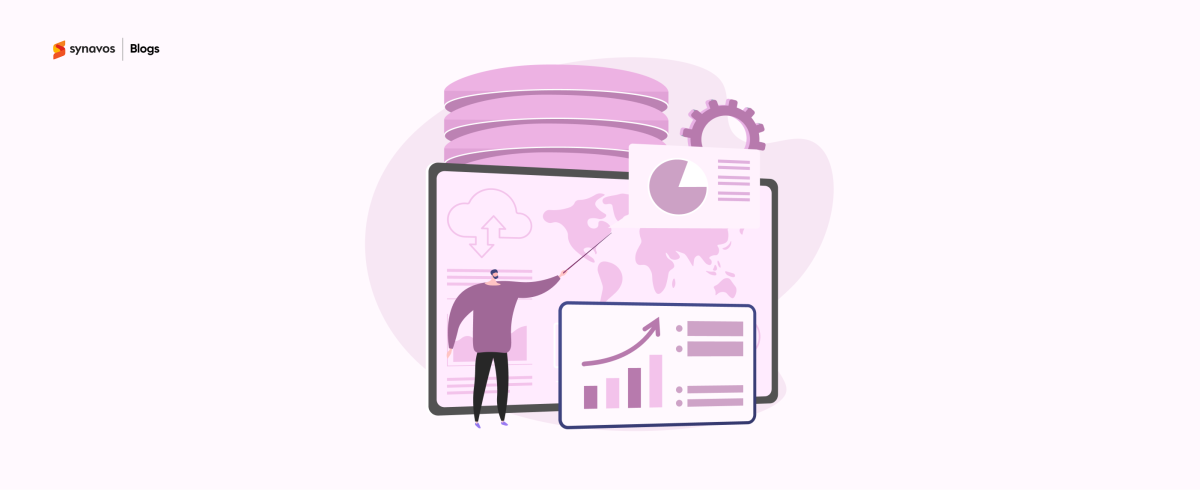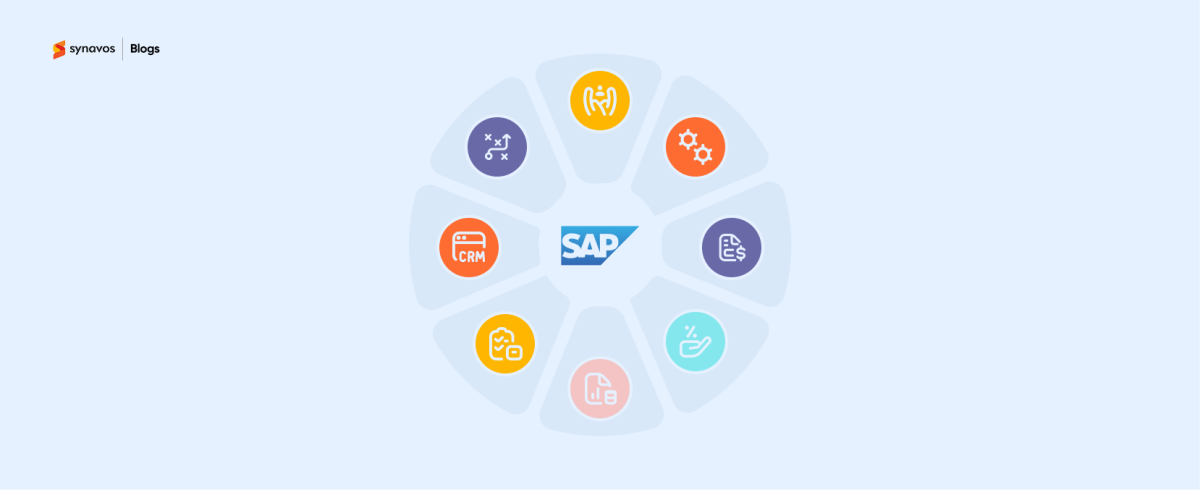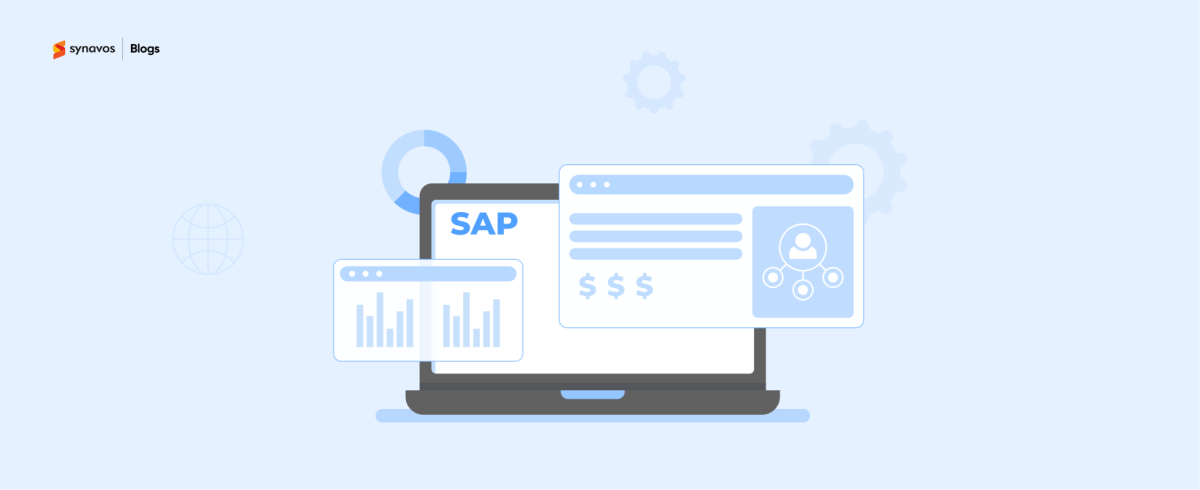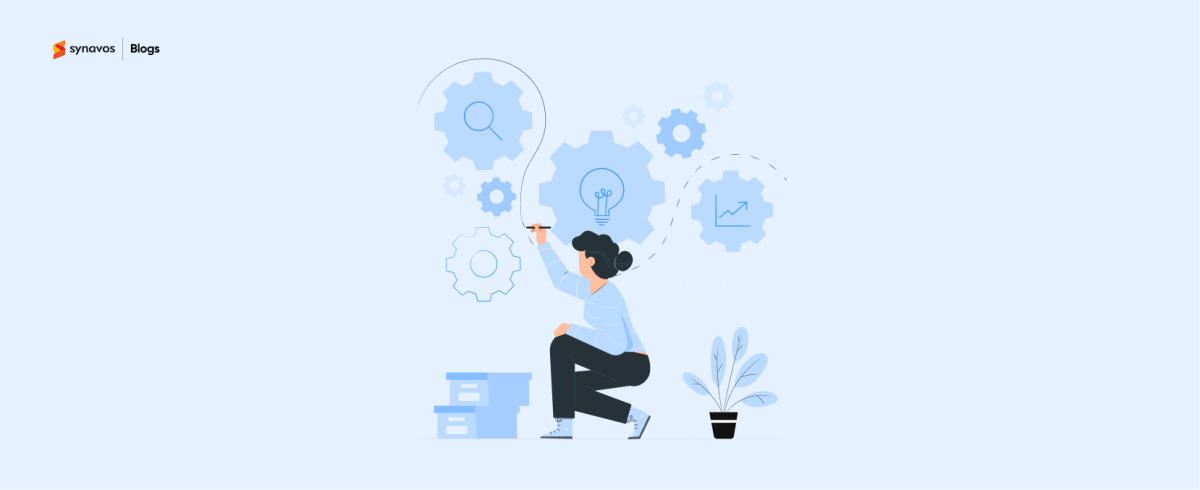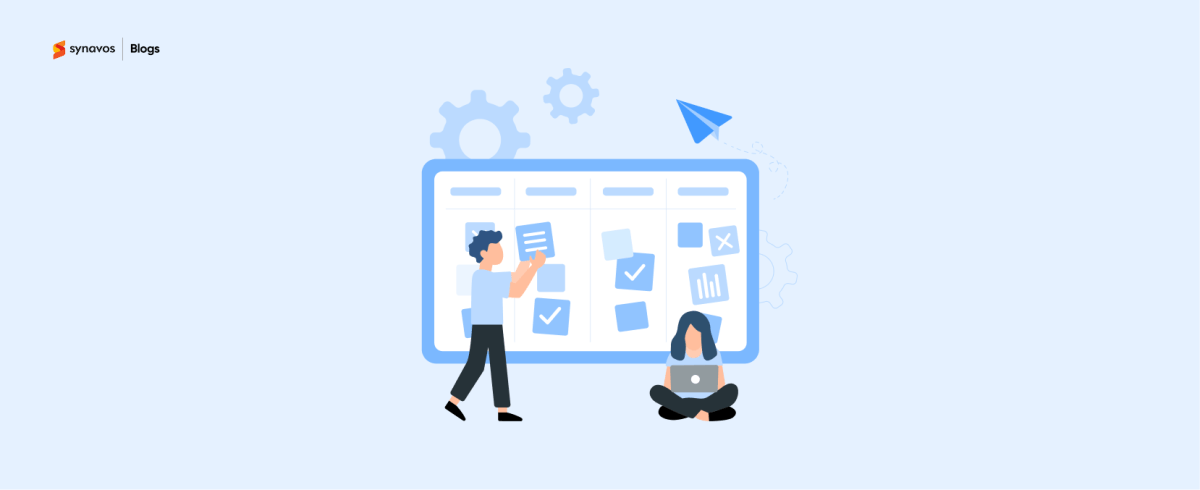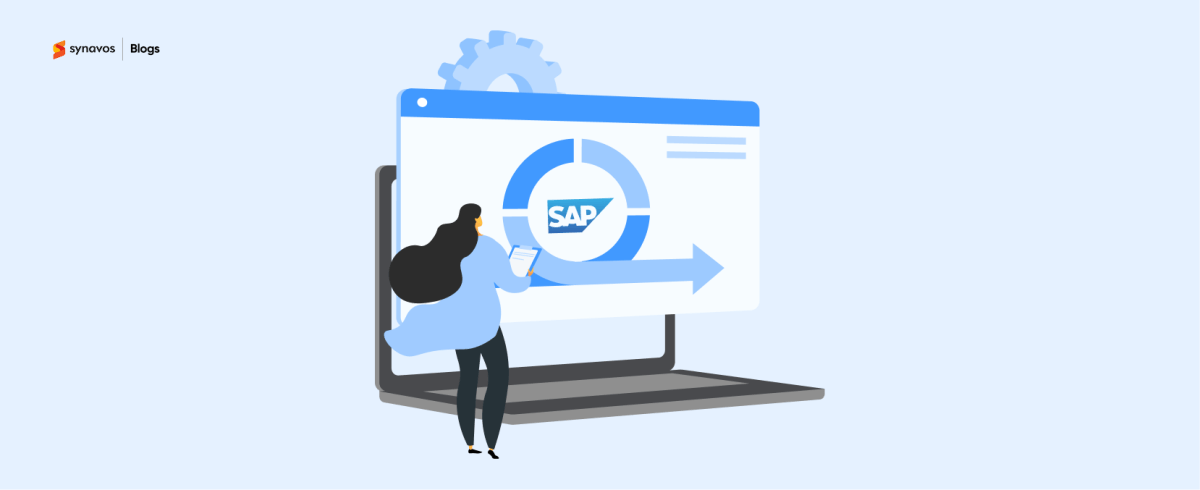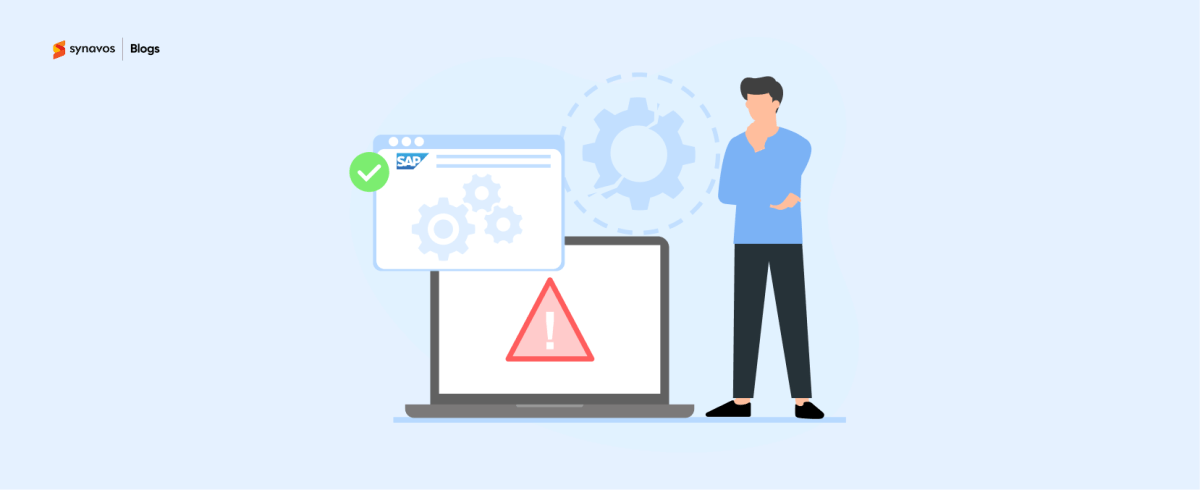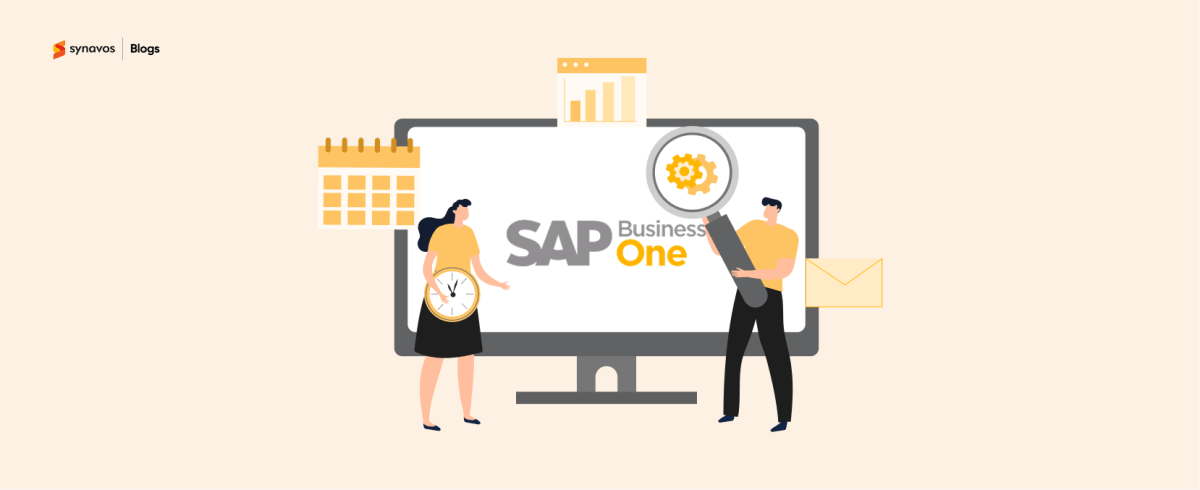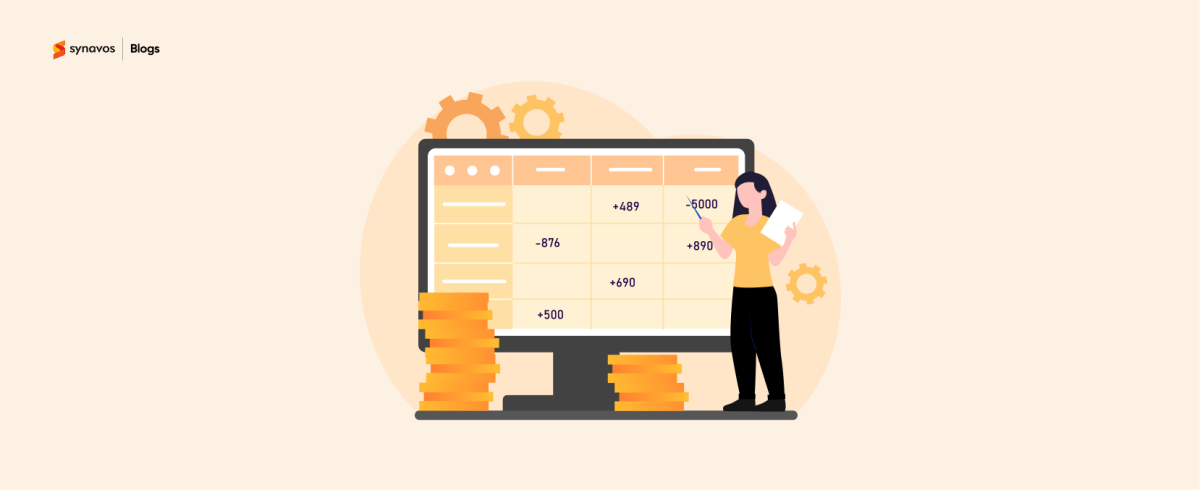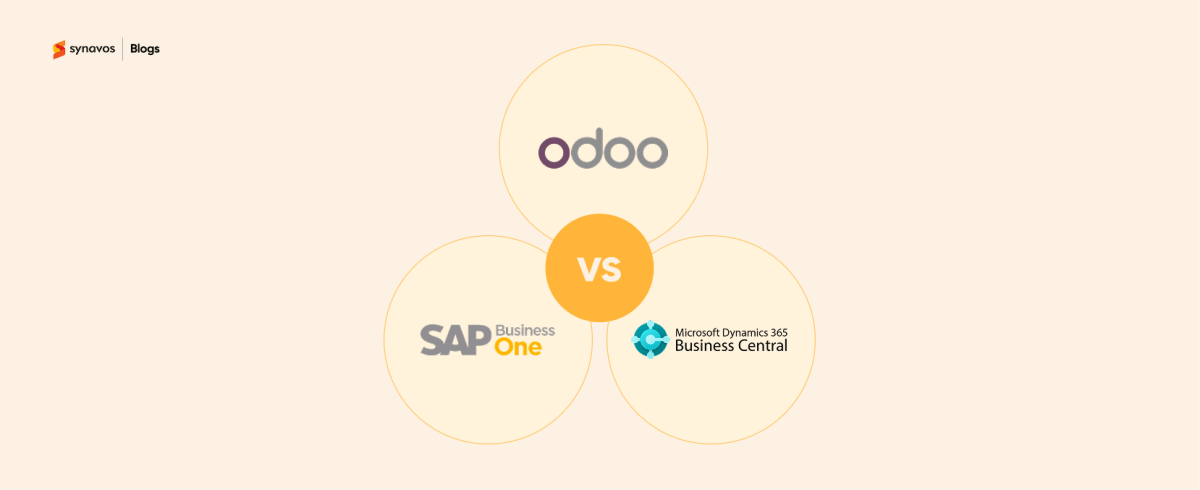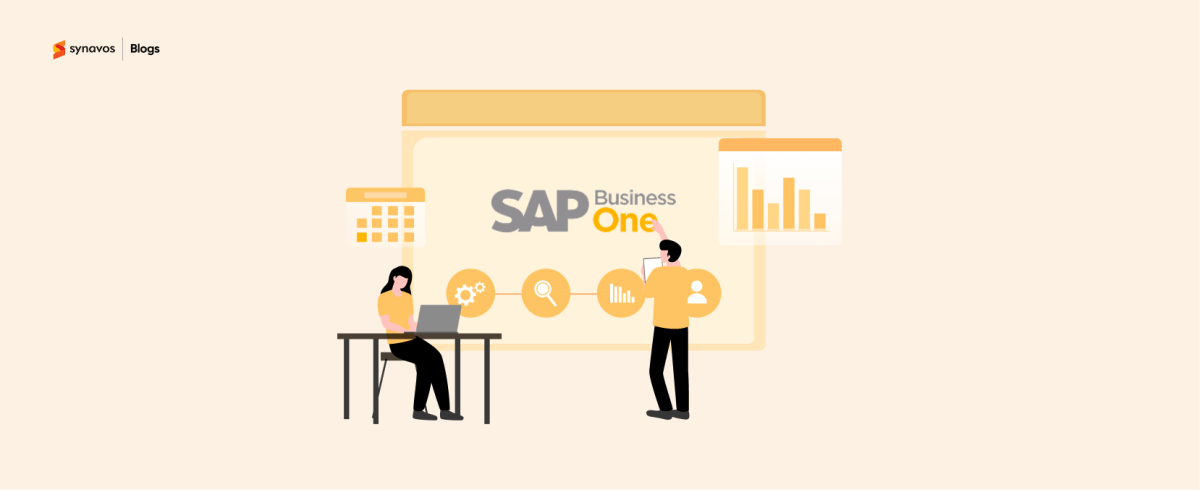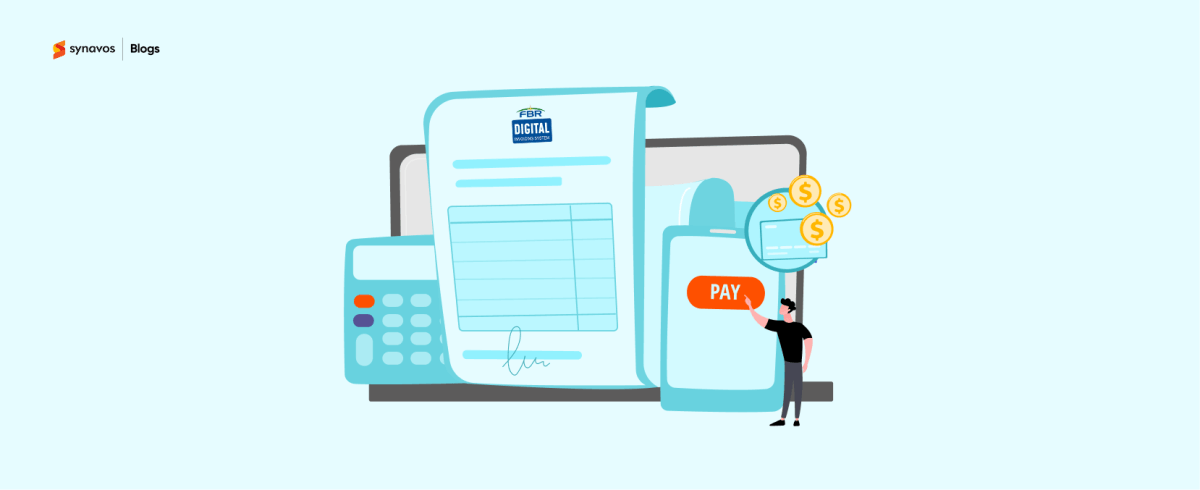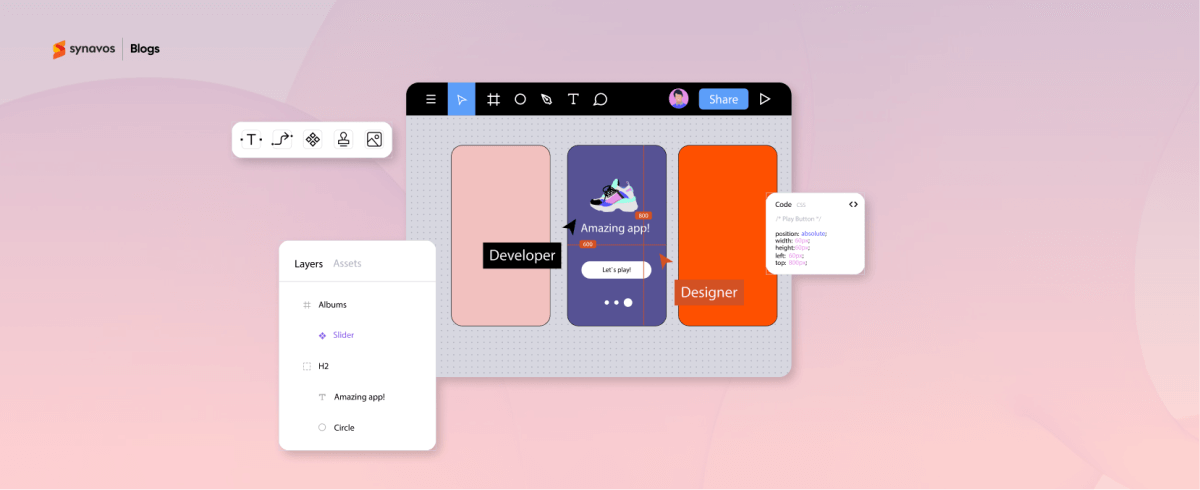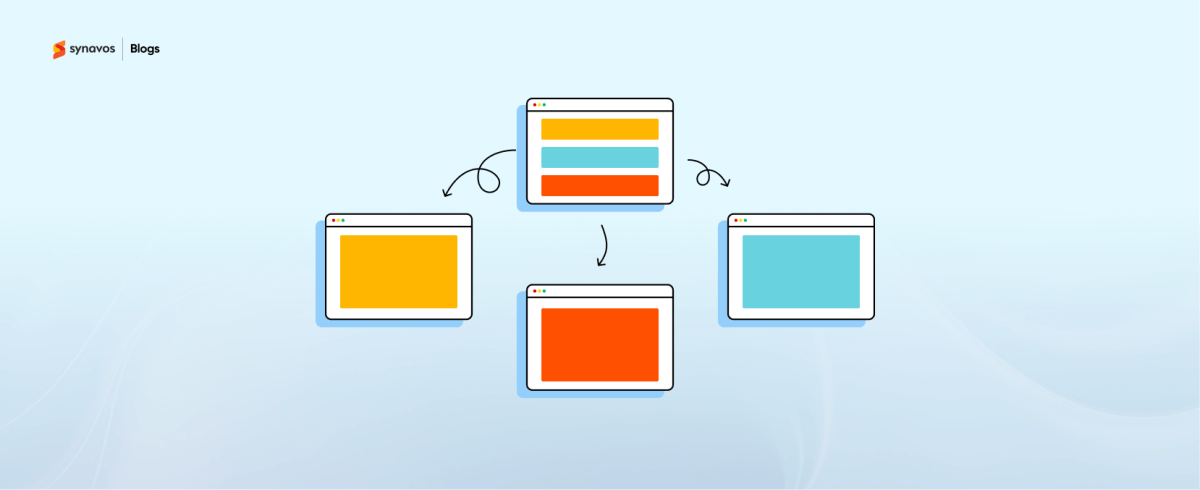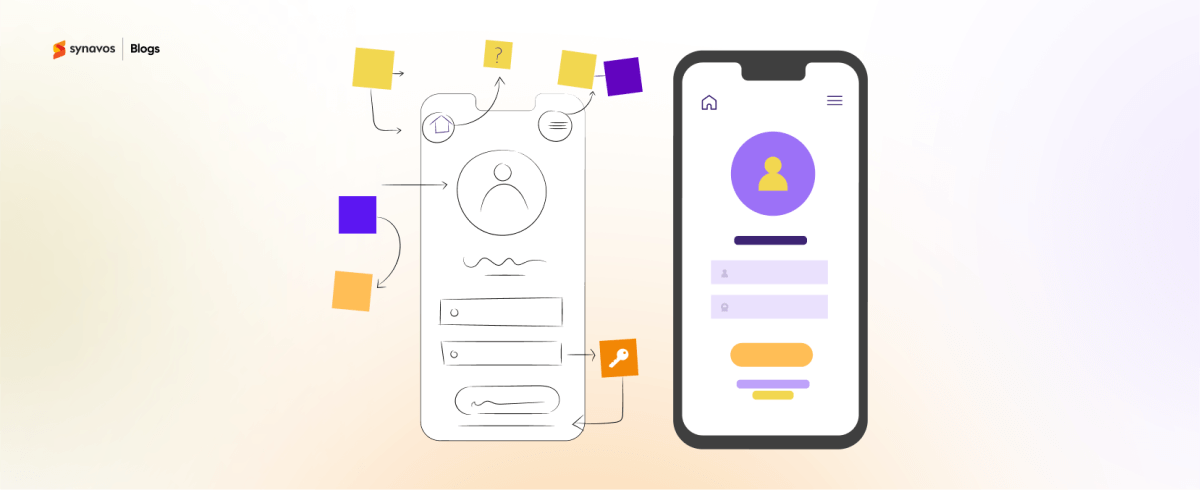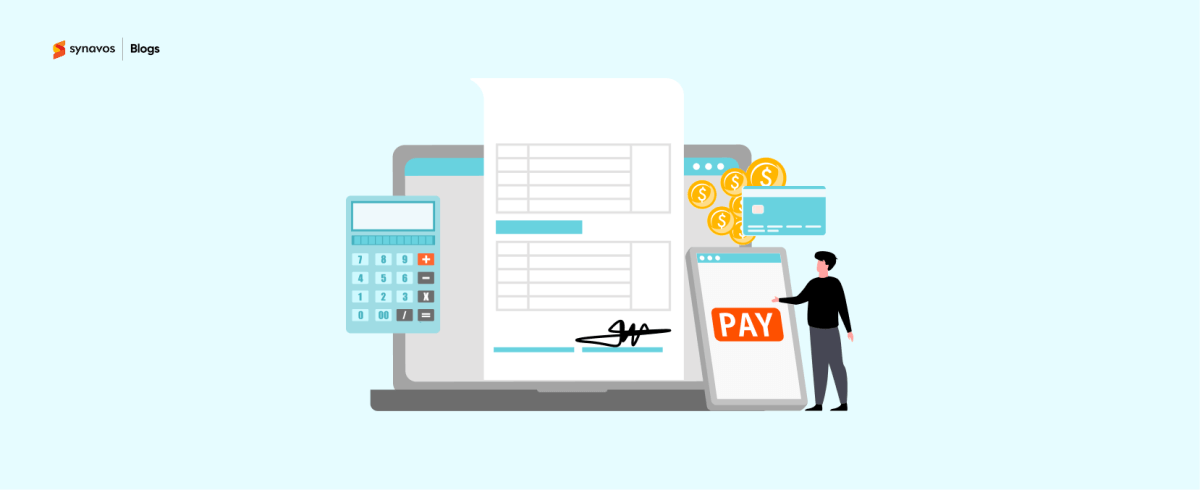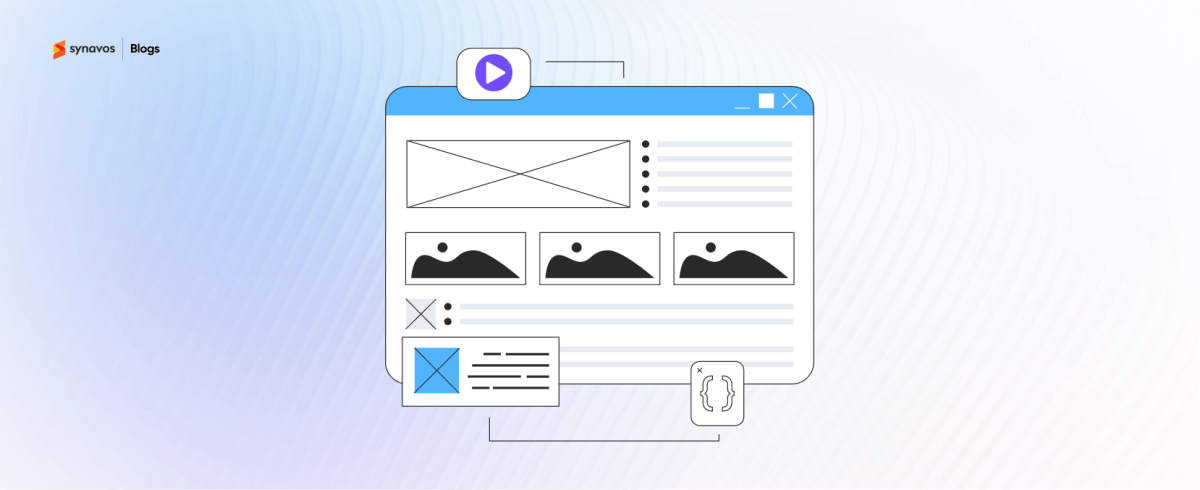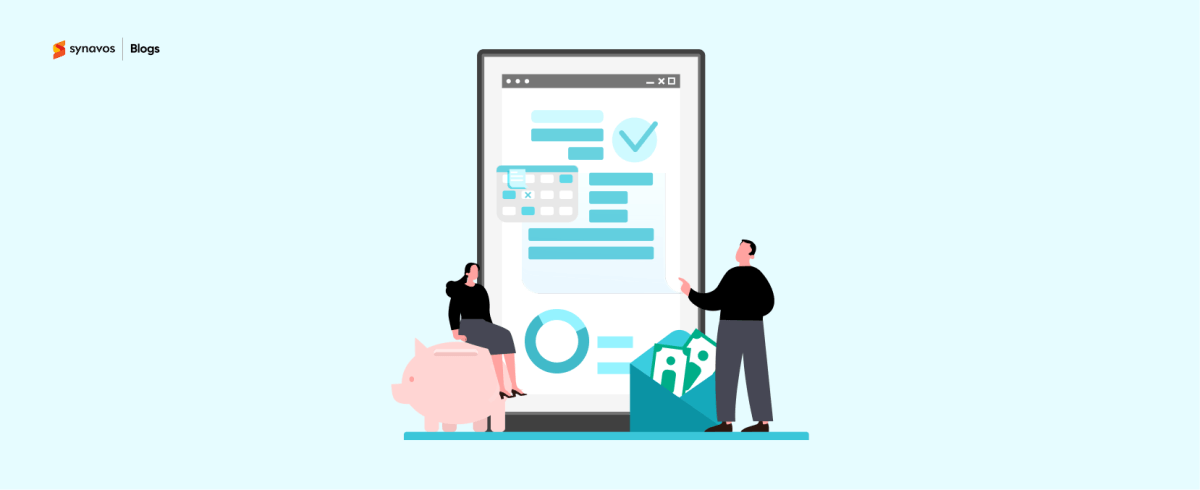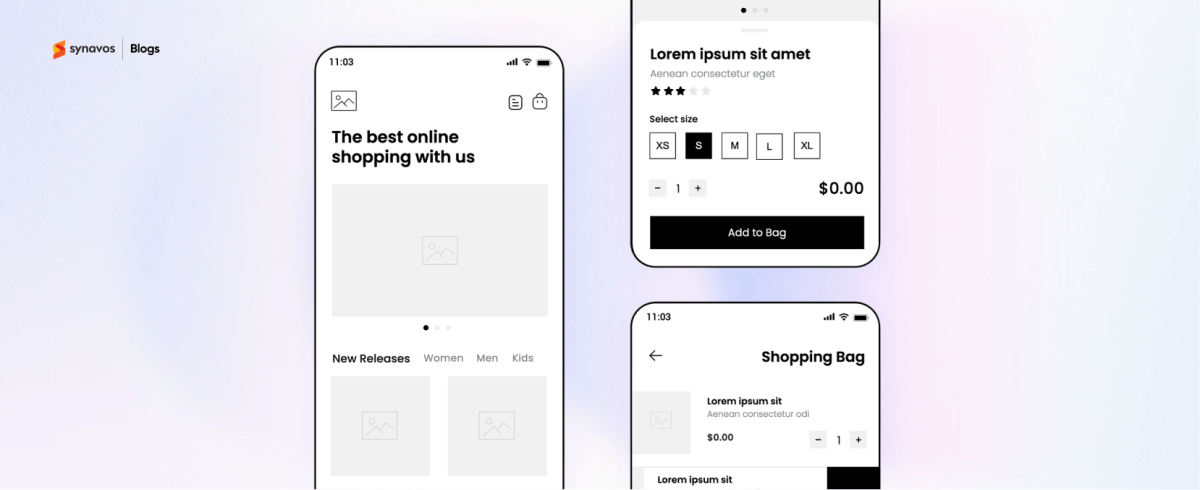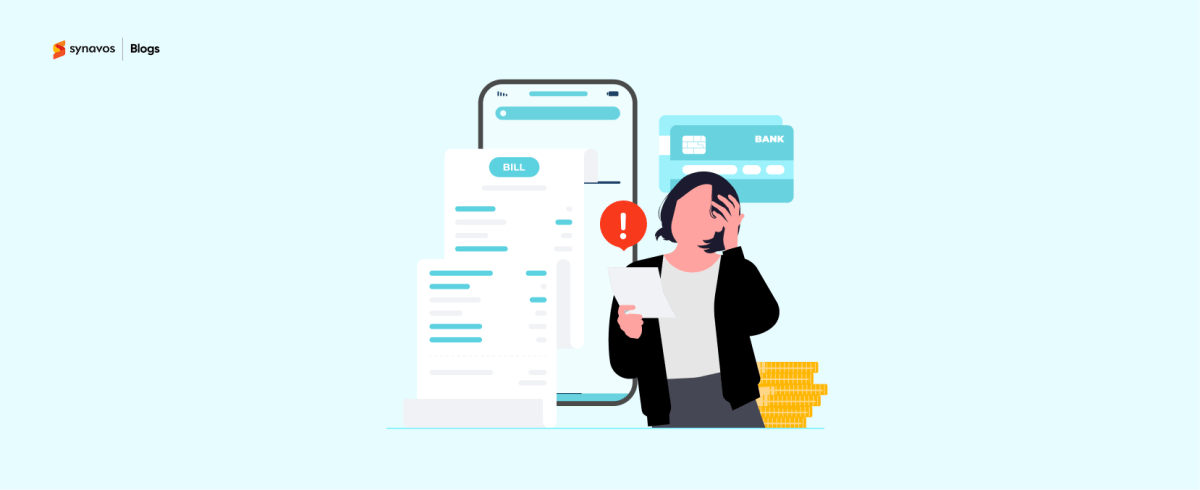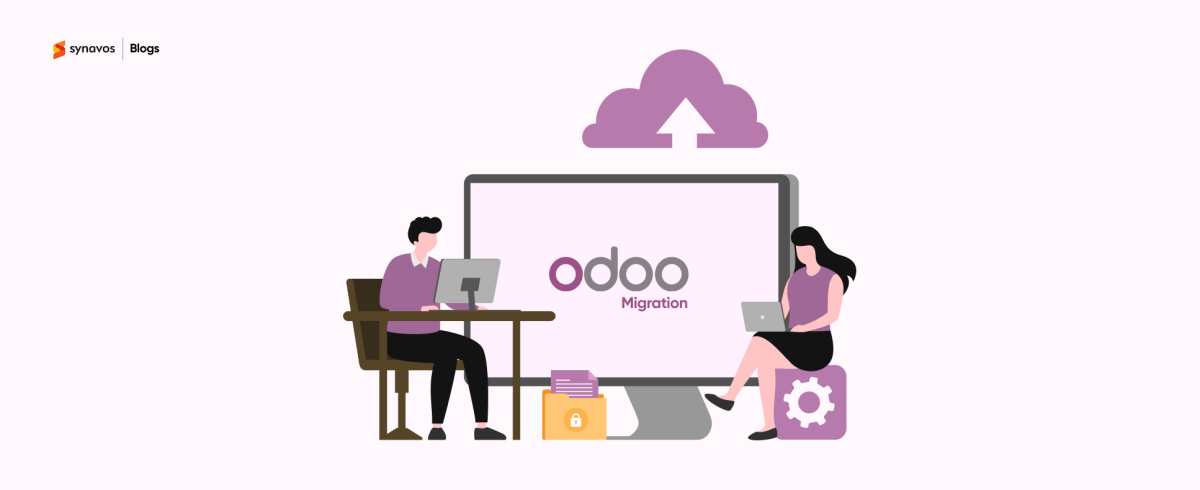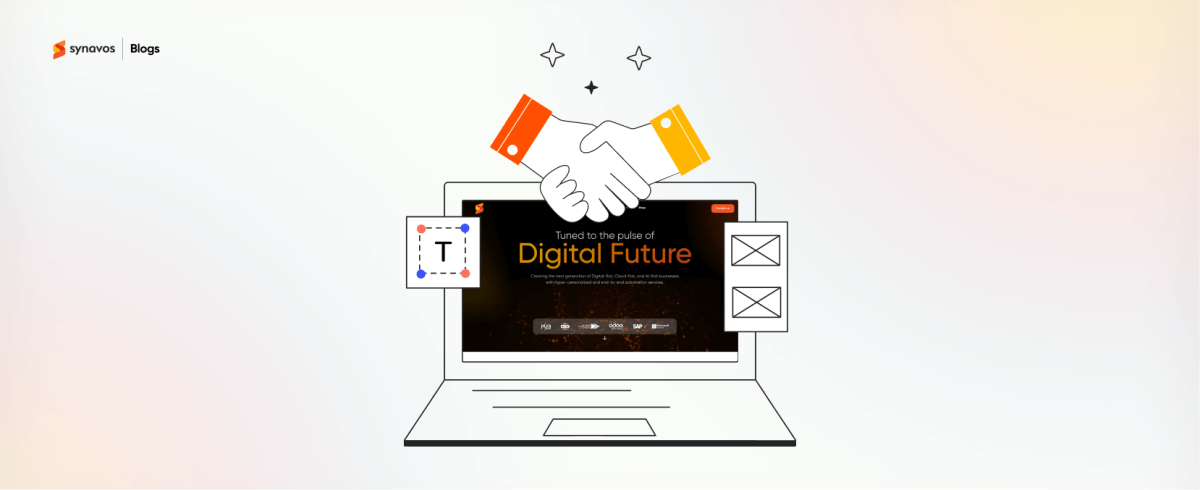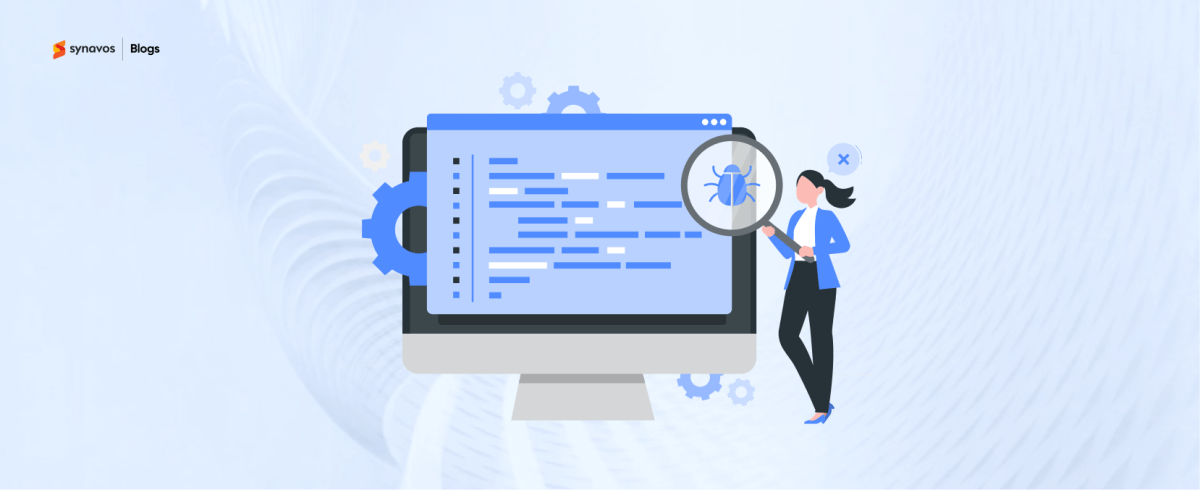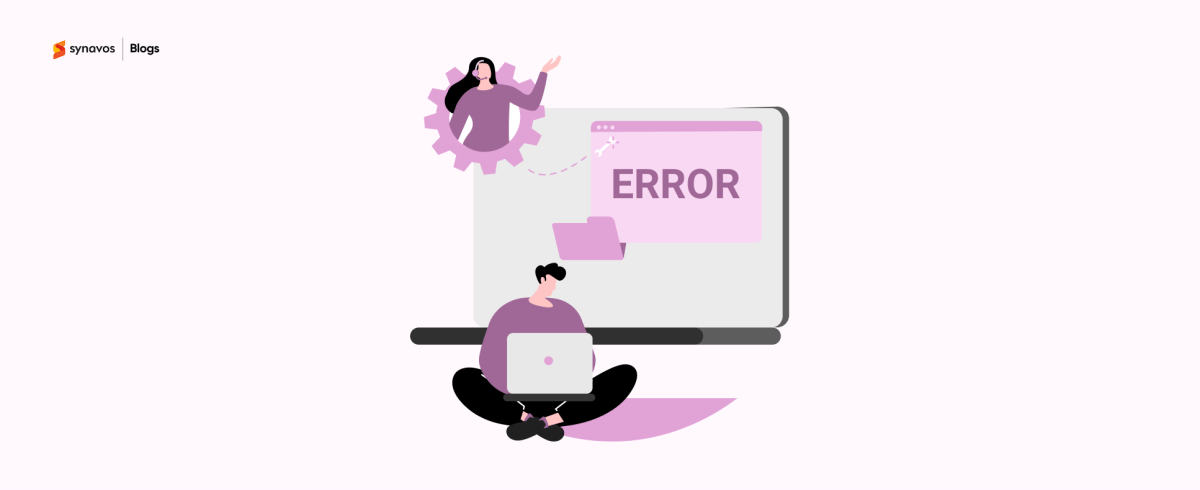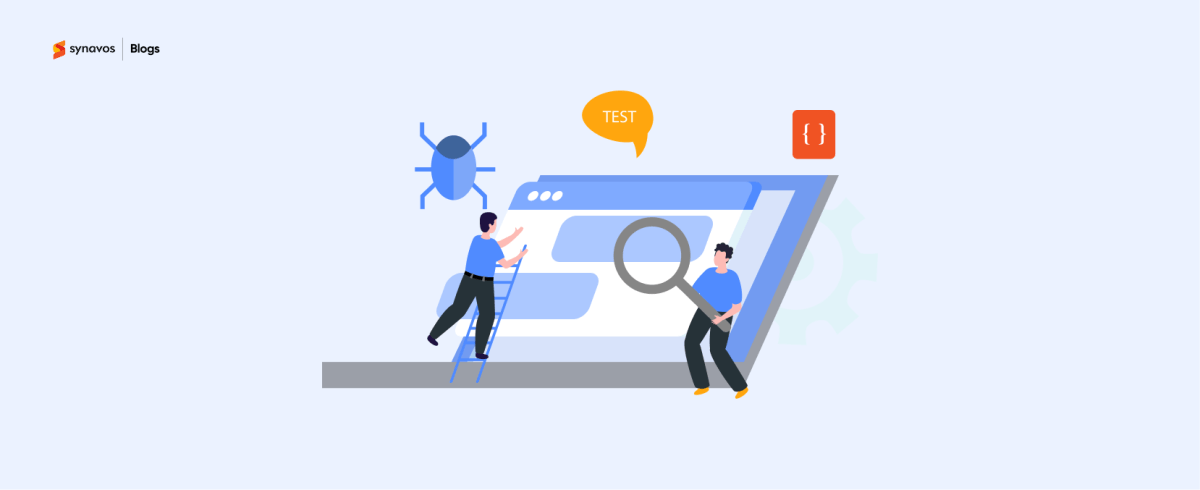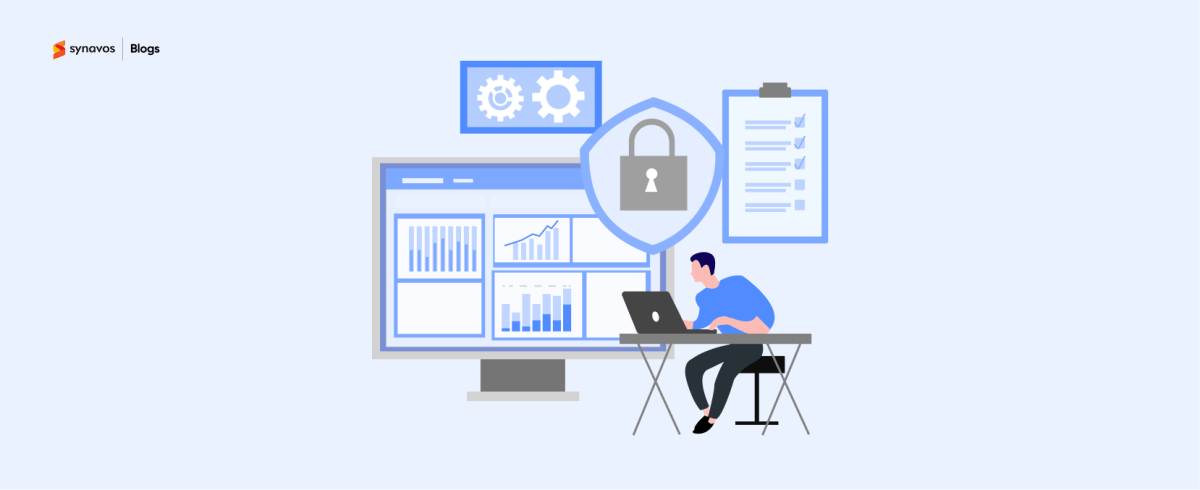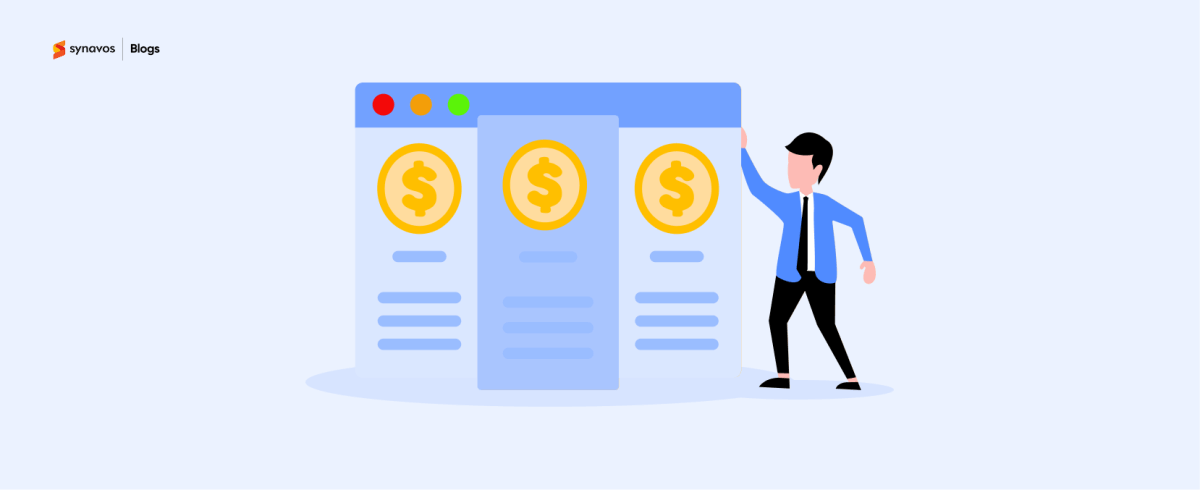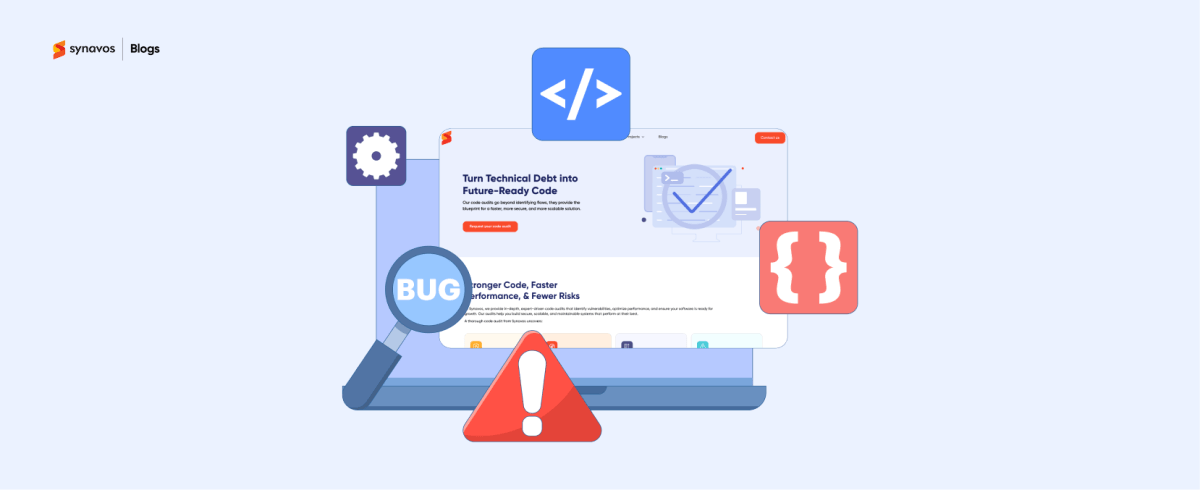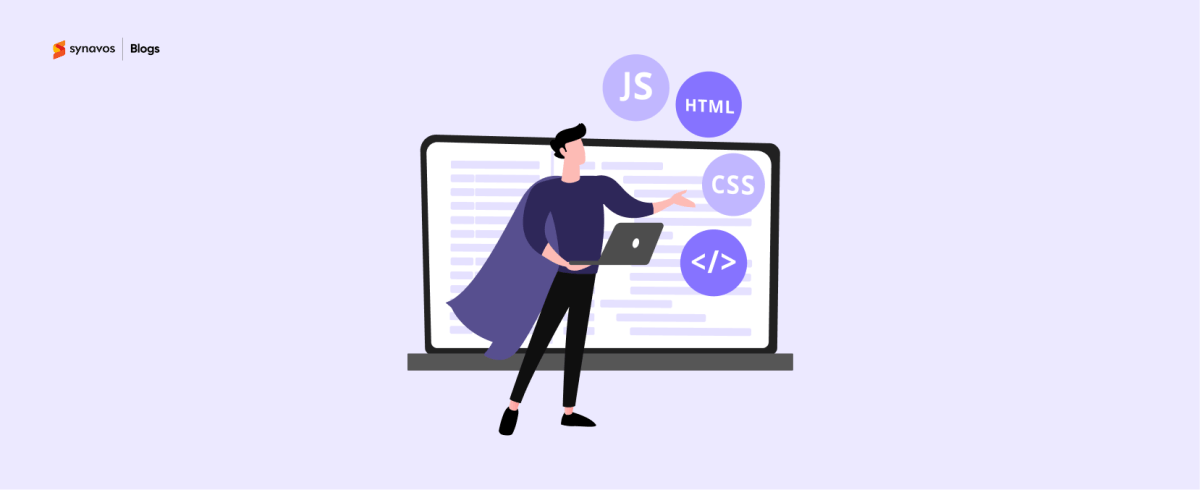Implementing SAP Business One is more than just switching to a new ERP system, it’s about building the backbone of your business operations. From finance and procurement to inventory and reporting, the way you implement SAP B1 will shape how efficiently your business runs.
But ERP projects have a reputation for going sideways when things aren’t planned well. The good news? You can avoid that with a structured approach and a few tried-and-tested best practices. Let’s break them down.
1. Set Clear Goals
The foundation of every successful implementation is a clear understanding of what the business is trying to achieve. If your only objective is to “get an ERP system up and running,” you’re missing the point. Instead, define goals that are tied to real business outcomes. For example, you might want to improve stock accuracy, speed up invoicing, or eliminate duplicate data entry.
The more specific your goals are, the easier it becomes to make configuration decisions that support them. Use these goals as benchmarks to keep the project focused and measurable.
2. Involve Stakeholders Early
The best implementations are shaped by the people who will actually use the system. Involve key stakeholders from different departments during the planning phase. Talk to the finance team, warehouse staff, sales reps, and procurement officers. They know the challenges of the current system and will provide insights that are often overlooked by leadership alone.
Early involvement ensures that the final system fits real-world needs. It also encourages buy-in from day one, because people are more likely to embrace change when they have a hand in shaping it.
3. Choose the Right Implementation Partner
The right implementation partner can make a world of difference. SAP Business One has a wide range of capabilities, but you need someone who knows how to tailor it to your business. Look for a credible SAP B1 consulting firm with experience in your industry, a proven methodology, and strong post-implementation support.
A good partner will guide you through each phase, challenge outdated processes, and help you avoid unnecessary complexity. When companies get help from ERP consultants, 85% of the time, the implementation is a success. Just make sure to review their past projects before committing.
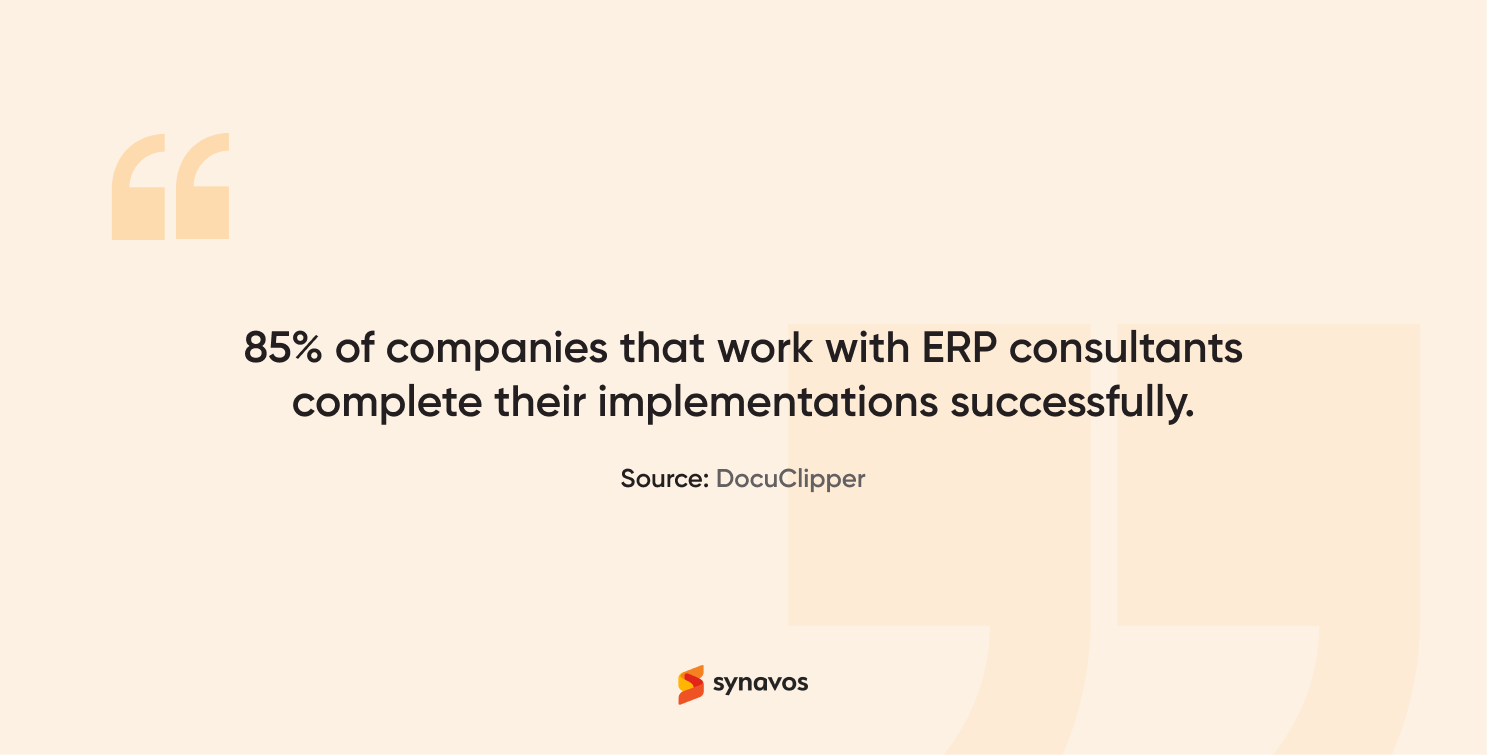
4. Map Current Processes
Before you start configuring SAP Business One, take time to understand how things are done today. Document your key processes such as order fulfillment, invoicing, stock transfers, and procurement approvals. This will help you identify what’s working, what’s broken, and what needs to change.
This step often reveals inefficiencies and manual workarounds that have become routine. Instead of copying your old ways into the new system, use this opportunity to simplify and improve your workflows.
5. Avoid Over-Customization
It might be tempting to recreate every function and screen from your old system, but that approach usually backfires. Customizations add cost, increase project duration, and complicate future upgrades.
SAP Business One comes with a wide set of features designed to handle common business processes efficiently. Stick to standard functionality unless there’s a strong, strategic reason to customize. Focus on long-term maintainability rather than short-term comfort.
6. Train Your Team
Even the best ERP system can fall short if users are not properly trained. Training should be hands-on, role-based, and aligned with daily tasks. Your finance team needs to understand journal entries and reconciliations, while warehouse staff should learn how to process goods receipts and manage stock movements.
Make sure you also identify internal champions who can support others and answer common questions. Regular training sessions, refresher courses, and documentation will go a long way in making your team comfortable with the system.
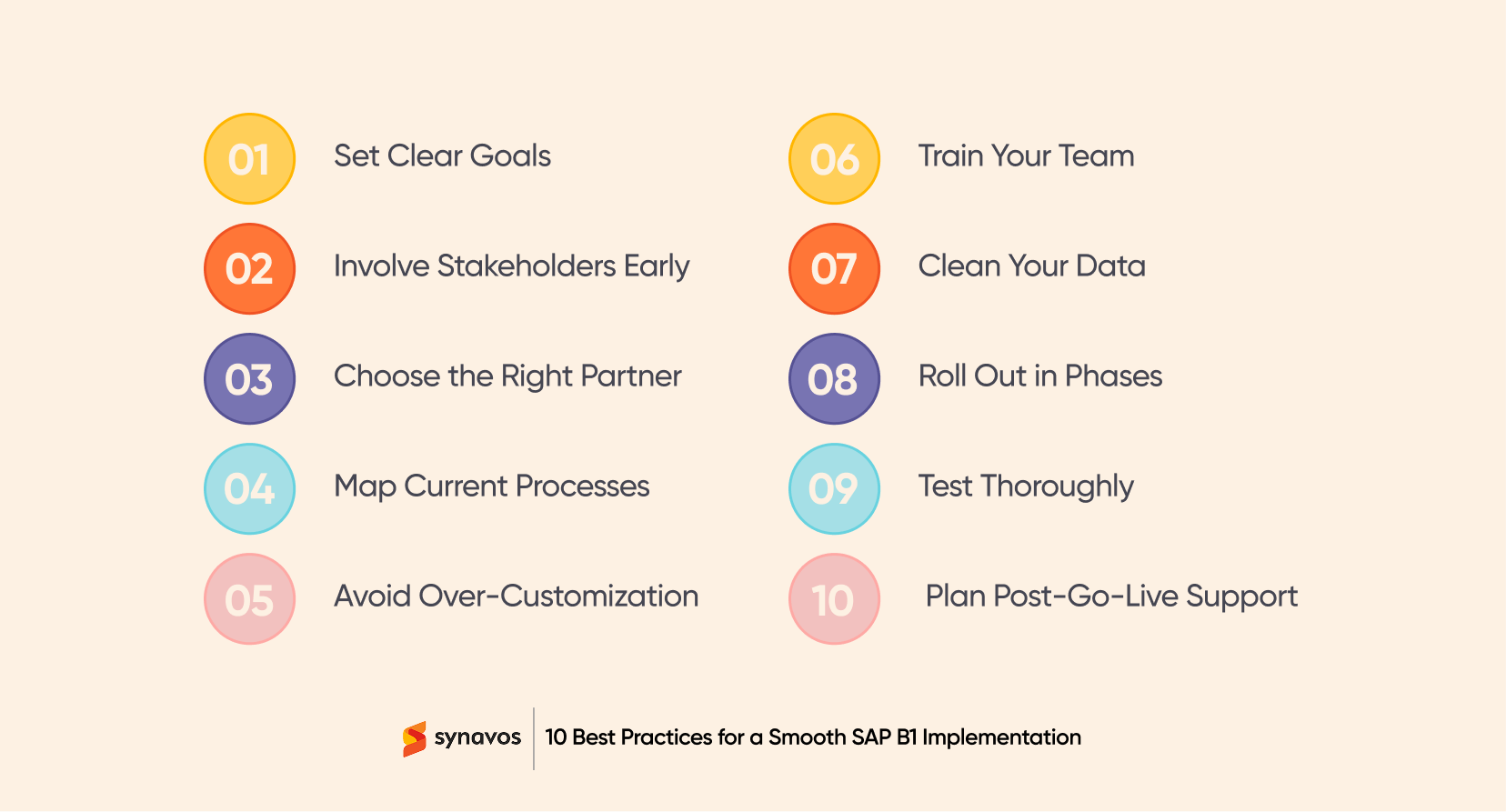
7. Clean Your Data
Data quality is one of the most critical factors for ERP success. Before you migrate anything to SAP Business One, make sure your data is clean, consistent, and accurate. This includes customer records, supplier lists, inventory items, and financial data.
Standardize naming conventions, eliminate duplicates, and remove outdated entries. The effort you put into data cleansing will directly impact how smoothly the system runs after go-live.
8. Roll Out in Phases
Trying to implement all modules at once often leads to confusion and overload. A phased rollout gives your team time to adapt while keeping risks manageable. Start with core modules such as finance, inventory, and purchasing. Once those are stable, you can move on to CRM, production, or reporting.
Phased rollouts also make it easier to test new functionality, gather feedback, and improve adoption gradually.
9. Test Thoroughly
Before you go live, invest time in testing every part of the system. Walk through real-world scenarios such as creating a sales order, receiving goods, issuing an invoice, or closing the month. Testing should be done by actual users, not just the project team or IT department.
Make sure the system handles exceptions properly. Test incorrect entries, incomplete workflows, and unusual cases. Finding and fixing issues during testing is far less disruptive than dealing with them in a live environment.
10. Plan Post-Go-Live Support
Your job doesn’t end at go-live. In fact, this is when real usage begins and support becomes essential. Set up a support structure with designated internal contacts, clear escalation paths, and a communication plan with your implementation partner.
Monitor system performance and user adoption for at least the first few months. Collect feedback regularly and use it to make ongoing improvements. A proactive support strategy helps your team feel confident and keeps the ERP running smoothly.
Final Thoughts
SAP Business One is a powerful tool, but its impact depends on how well it’s implemented. When you focus on the right goals, involve your team, keep things simple, and plan for what happens after go-live, you create a strong foundation for long-term success.
If you're preparing to implement SAP Business One and want to avoid common mistakes, it helps to have the right team by your side.
Let’s Help You Get SAP Business One Right
At Synavos, we’ve helped businesses across the Middle East and Pakistan successfully implement SAP Business One. Our team knows what works, what to avoid, and how to shape the system around your goals instead of forcing your business to fit the software. You can get a better idea of our work by browsing through these Case Studies.
If you're looking for a team that knows the region, understands the real-world challenges, and gets the job done without overcomplicating things, let’s talk.
